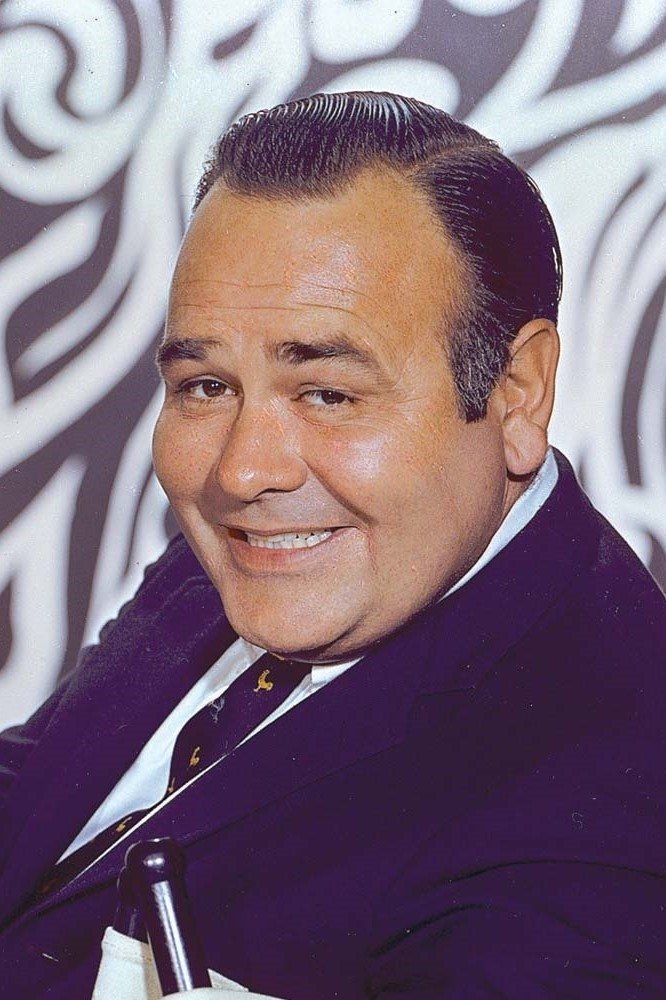
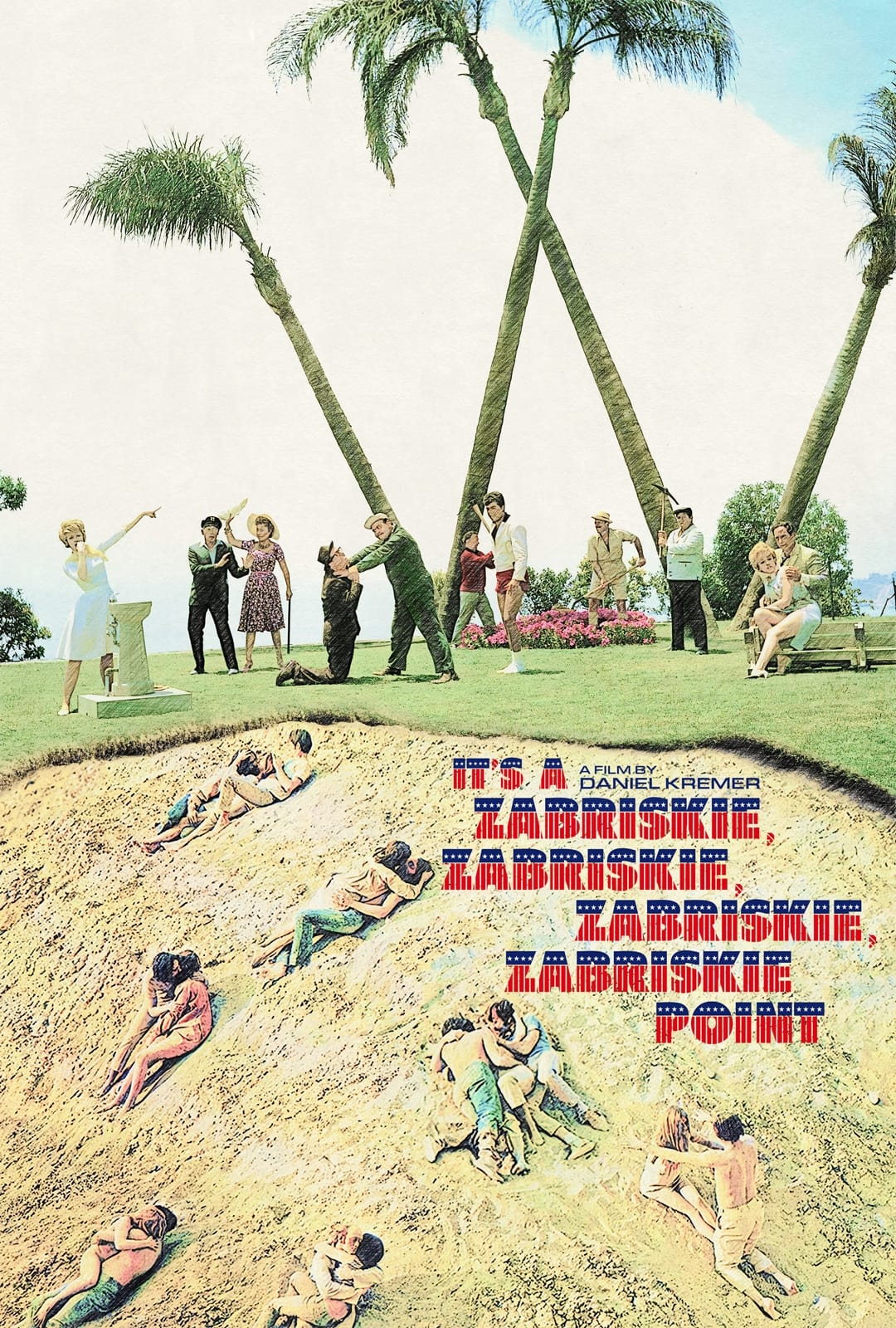
Worlds collide in this unconventional essay film, when filmmaker, film historian, and archivist Daniel Kremer seamlessly edits Michelangelo Antonioni's legendary but controversial counterculture art film Zabriskie Point (1970) into the same narrative universe as Stanley Kramer's madcap epic comedy extravaganza It's a Mad, Mad, Mad, Mad World (1963). In creating these new sequences, Kremer comes to recognize that the exercise effortlessly draws cultural and historical parallels in twentieth-century American life that echo in present-day America. The editorial mashups weave a tangled web of social and cinematic history that root our notions of Americana in the mythology of the desert. As Kremer expounds in his narration on these often astonishing and sometimes shocking associations, his very personal ties to the subject matter become manifest.

The evil wizard Gargamel creates a couple of mischievous Smurf-like creatures called the Naughties that he hopes will let him harness the all-powerful, magical Smurf-essence. But when he discovers that only a real Smurf can give him what he wants, and only a secret spell that Smurfette knows can turn the Naughties into real Smurfs, Gargamel kidnaps Smurfette and brings her to Paris, where he has been winning the adoration of millions as the world¹s greatest sorcerer. It's up to Papa, Clumsy, Grouchy, and Vanity to return to our world, reunite with their human friends Patrick and Grace Winslow, and rescue her! Will Smurfette, who has always felt different from the other Smurfs, find a new connection with the Naughties Vexy and Hackus or will the Smurfs convince her that their love for her is True Blue?

Offbeat comedic genius Jonathan Winters paved the way for other unhinged comedians such as Robin Williams and Steve Martin, and this rare collection showcases Winters in some vintage performances. Clips include Winters sharing the stage with crooner Andy Williams in a "Chevy show"; a 1964 TV special with Honeymooner Art Carney and legendary talk-show host Jack Paar; and Winters as five different characters in a public service announcement.
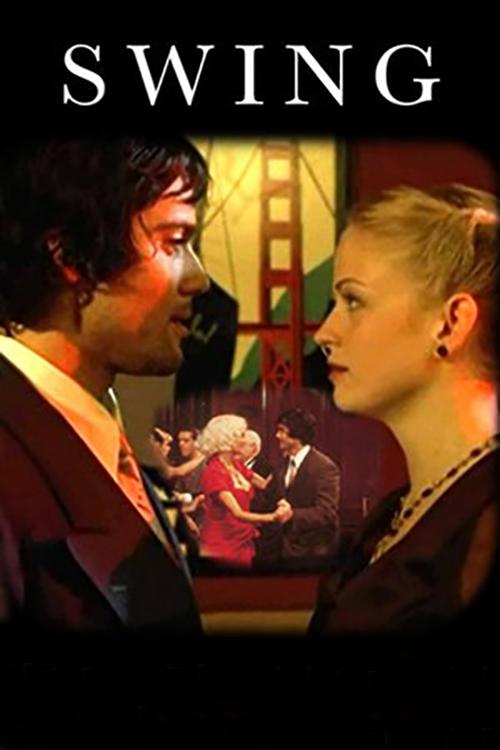
Anthony is caught between dreams of being a musician and pleasing his father and fiance. Encouraged by his great uncle, Anthony finds inspiration from a mysterious older woman in an other worldly night club, who teaches him to find happiness through swing dancing.
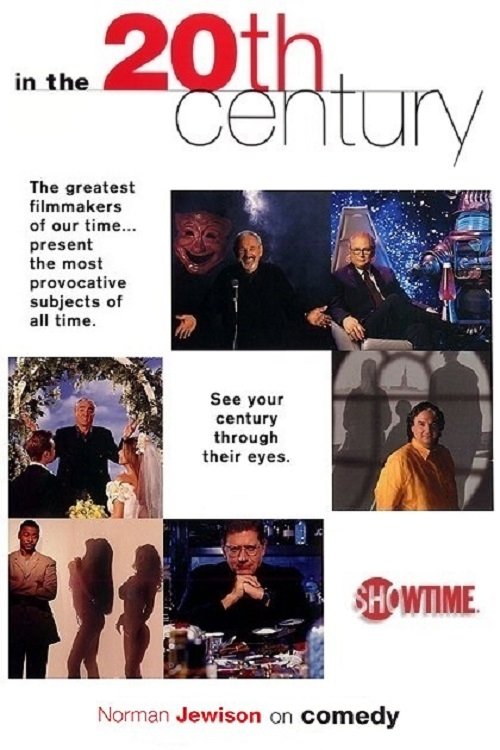
Showtime's "In the 20th Century" is a millennium-related series of feature-length documentaries in which famous directors take on major subjects of their choosing. In the fifth of the six films, "Funny Is Money," filmmaker Norman Jewison delves into the topic of comedy, using the hype surrounding the finale of the wildly successful NBC series "Seinfeld" as his launchpad to explore how the artform has evolved over the past 100 years.

Two teddy bears attempt to save Christmas for two children when their human family becomes stranded in an abandoned cabin over Christmas.
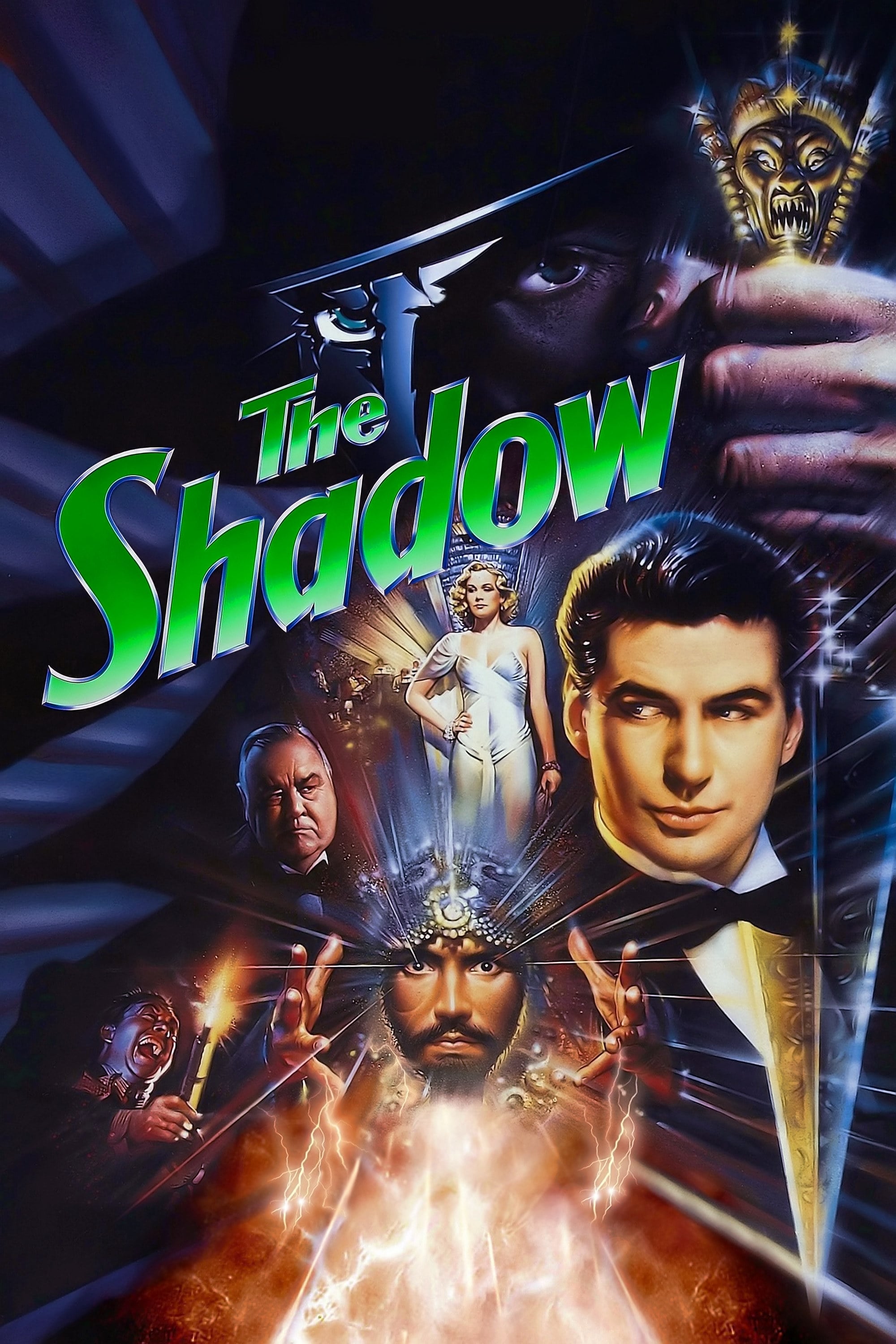
Based on the 1930s comic strip, The Shadow is put up against his archenemy Shiwan Khan, who plans to take over the world by holding a city to ransom using an atom bomb. Using his powers of invisibility and "the power to cloud men's minds", The Shadow comes blazing to the rescue with explosive results.
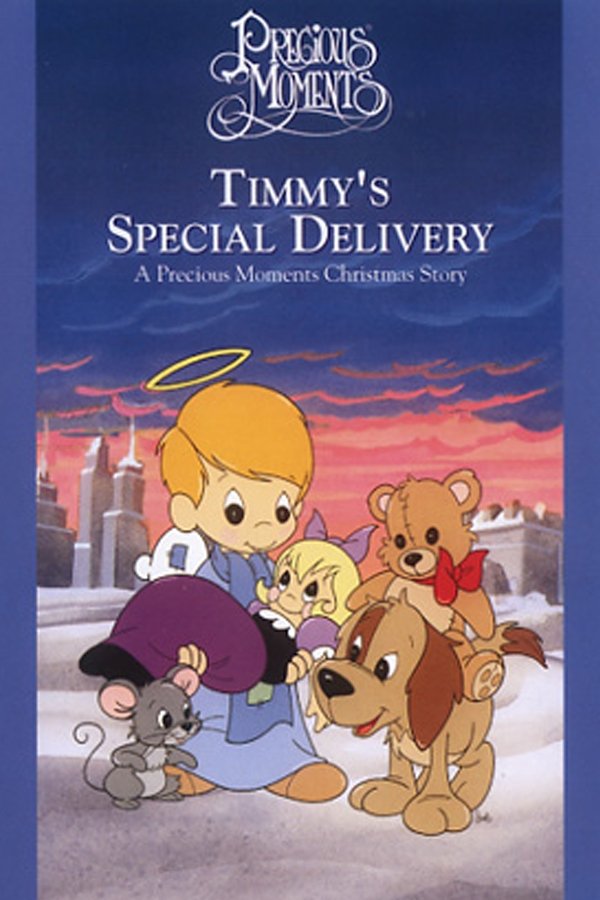
An angel named Timmy with help of a dog and mouse tries to give a less fortunate Boy and Girl A Teddy bear and doll for Christmas.
Jonathan Harshman Winters III (November 11, 1925 – April 11, 2013) was an American comedian, actor, author, television host, and artist. He started performing as a stand up comedian before transitioning his career to acting in film and television. Winters received numerous accolades including two Grammy Awards, a Primetime Emmy Award, as well as a star on the Hollywood Walk of Fame in 1960, the American Academy of Achievement in 1973, and the Mark Twain Prize for American Humor in 1999.
By browsing this website, you accept our cookies policy.